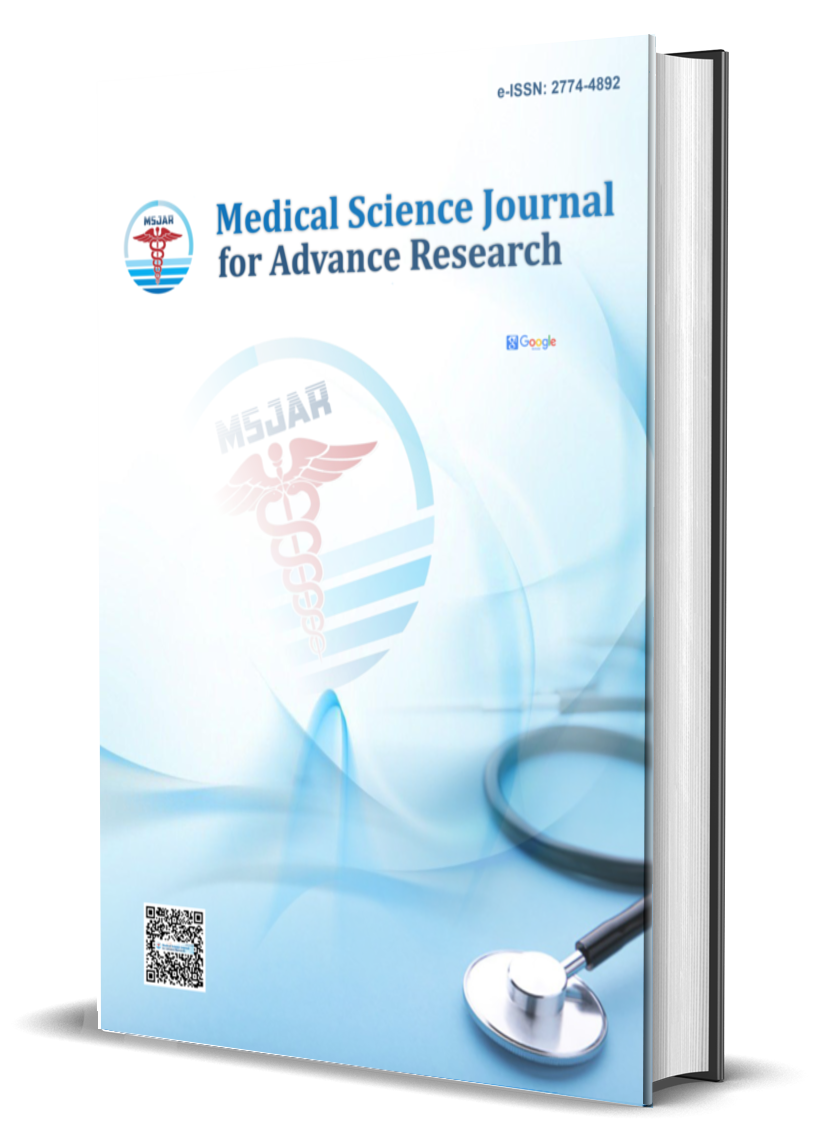Main Article Content
Abstract
Background: Trace elements (e.g., Fe, Zn, Cu) are essential for human health but become toxic at elevated levels. Heavy metals from industrial activities and everyday items, such as jewellery, pose health risks through oxidative stress and metabolic interference. Objective: To investigate the impact of jewellery (fake and gold) on serum trace element levels (Fe, Zn, Cu) and hematological parameters (WBC, Hb, PLT) in women. Methods: A cross-sectional study (September 2024–January 2025) included 125 healthy women (17–45 years) in Basrah, Iraq, categorized into four groups: no jewellery (G1, n = 50), daily fake/nickel jewellery (G2, n = 27), irregular gold jewellery (G3, n = 26), and daily gold jewellery (G4, n = 22). Serum Fe, Zn, and Cu were quantified spectrophotometrically (Mindray BS-240 analyzer), while hematological parameters (WBC, Hb, PLT) were analyzed using an automated Nipigon NP-21H system. Results: No significant differences occurred in trace elements (Fe, Zn, Cu) across groups (p > 0.05). However, hemoglobin (Hb) was significantly reduced in fake jewellery wearers (G2: 10.64 ± 1.95 g/dL) and daily gold wearers (G4: 10.70 ± 1.62 g/dL) versus non-wearers (G1: 11.74 ± 1.45 g/dL; p = 0.007 and p = 0.011, respectively). Positive Fe-Hb correlations emerged in jewellery-wearing groups (G2–G4; p < 0.05), while WBC and PLT remained unchanged (p > 0.05). Conclusion: Wearing jewellery (fake or gold) did not alter trace element levels but significantly reduced hemoglobin concentrations, suggesting heavy metals (e.g., nickel) may compete with iron in hematopoiesis. This highlights jewellery as a potential risk factor for subclinical anemia in women.
Keywords
Article Details

This work is licensed under a Creative Commons Attribution 4.0 International License.





